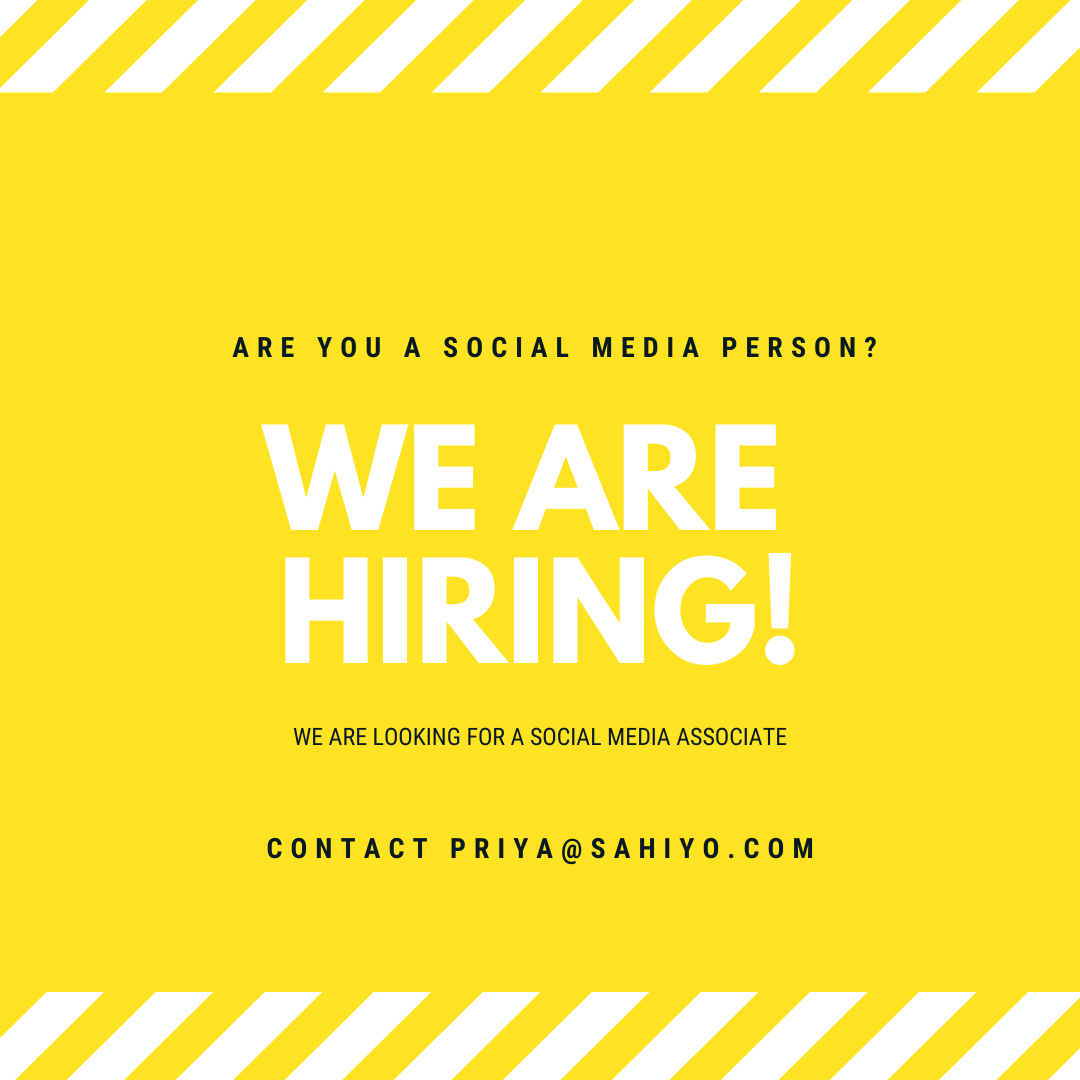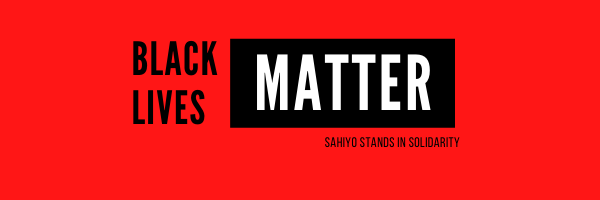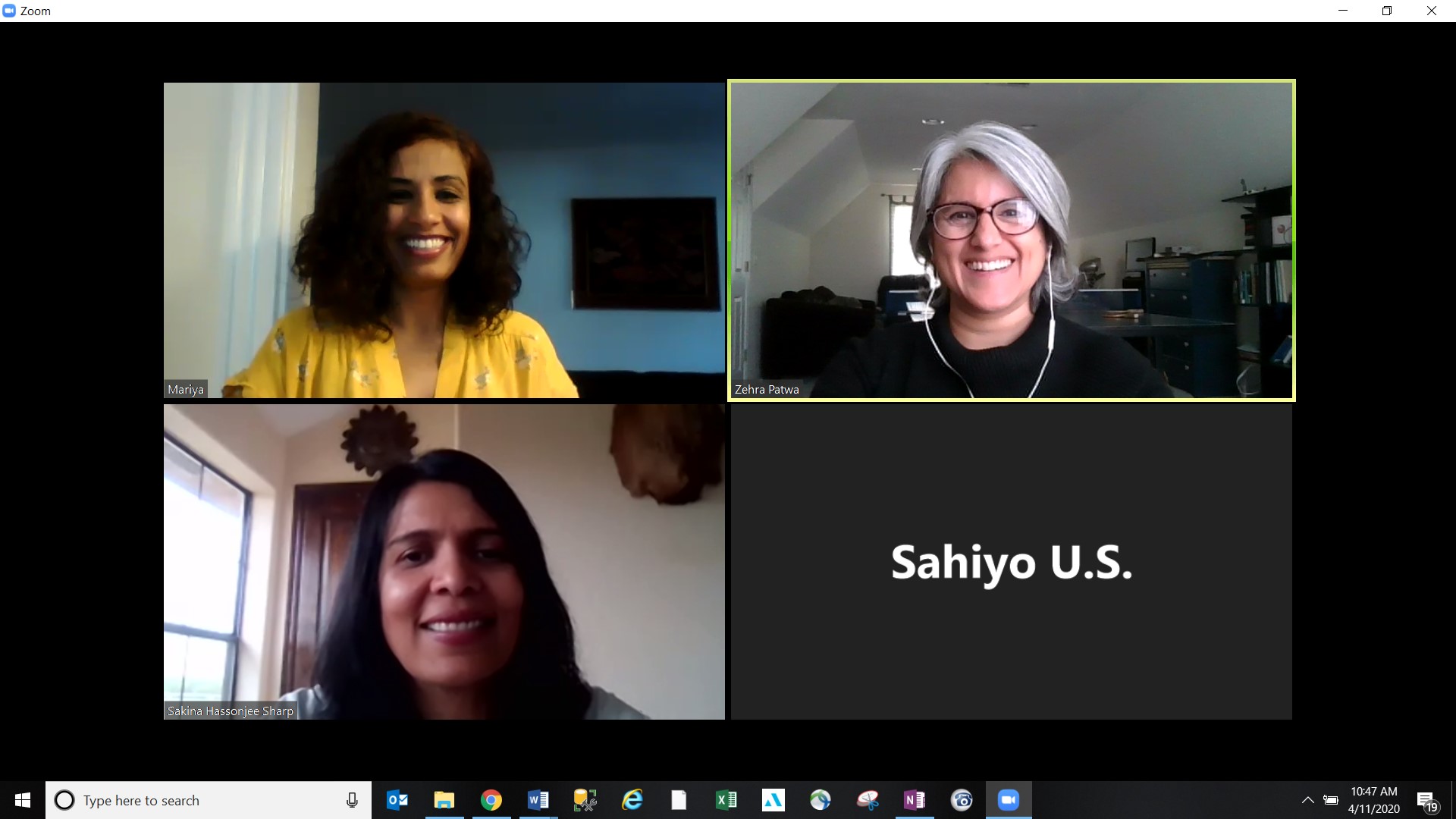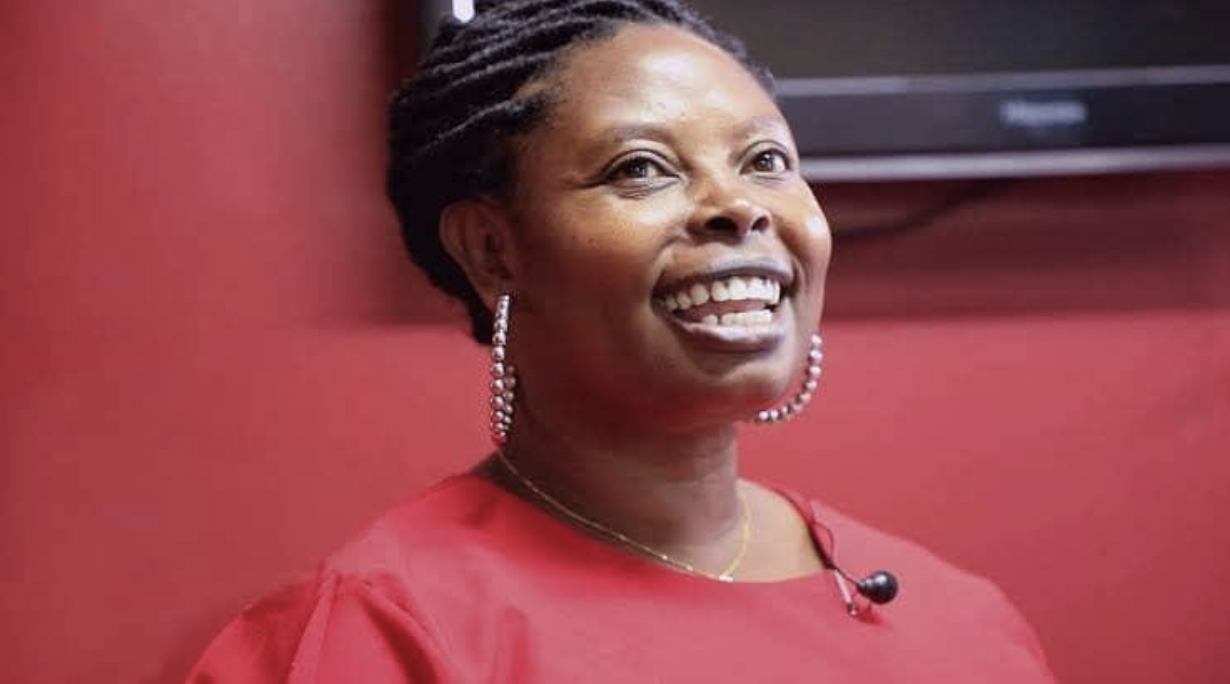Social Media Consultant position for an exciting new project on Female Genital Cutting in India
Are you a social media person with a passion for women’s and human rights? Do you have the skills to design social media campaigns? If yes, then you could be working for an exciting new tech-based project in the movement against Female Genital Cutting (FGC) in India.
Sahiyo is an international organization working to end FGC among Asian communities. We are looking for a proactive, efficient and bright social media consultant to join the team on a freelance basis to help us promote the app.
Project duration: 1st June 2020 – 30th September 2020
Time commitment required: 10 hours per week (Flexible)
Main work involved:
- Work with the Sahiyo team to design social media campaigns to promote the new project.
- Excellent social media skills to help us design outreach campaigns.
- Pro at social media channels, knows how to post across platforms.
- Crafting communication, willingness to promptly work out a response
Qualifications:
We are looking for an individual who has:
- 1-2 years of experience in social media campaigning
- strong skills in writing, design thinking, campaign strategizing
- an eagerness to learn about the nuances and complexities of FGC in India
- sensitivity towards cultural appropriateness and the needs of survivors of FGC and other community members
- The efficiency with respect to time management and being results-oriented
- Passionate about the cause and willingness to be flexible with hours
The individual could be based anywhere in India but must be comfortable with working remotely and prompt with email communication.
To apply, send your CV with a cover letter to This email address is being protected from spambots. You need JavaScript enabled to view it.







